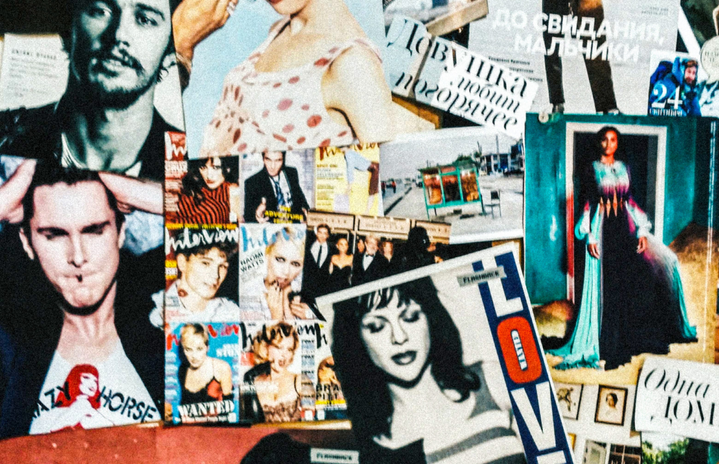One of the most iconic British fashion designers, Vivienne Westwood became a phenomenon in Japanese fashion. Her impact shaped punk and underground culture all over the country. Here’s a little more on her influence:
Origin and beginning in fashion
Vivienne Westwood began her career in a very different field: as a preschool teacher. Her journey into fashion began after meeting Malcolm McLaren, who worked at a boutique catering to the Teddy Boy subculture, a group of British youth deeply immersed in rock n’ roll. Vivienne started by creating graphic t-shirts, each with a social commentary, setting them apart from others simply for shock value.
Rebranding and the Rise of Punk
When Malcolm inherited the store, Vivienne wanted to rebrand it. She disagreed with the Teddy Boy subculture, seeing it as rebellion for rebellion’s sake, without a proper cause. So, they decided to go for a style of the shop to appeal to a much more underground audience, particularly the punk subculture.
The shop went through several names, such as Let it Rock and Too Fast to Live Too Young to Die, before settling on SEX. This name was a huge hit since it was short, memorable, and eye-catching for its shock value.
In 1975, the punk band Sex Pistols was formed by the boutique’s customers and employees, managed by Malcolm and dressed in Vivienne’s designs. The band quickly gained popularity, touring extensively, including shows in Tokyo, Japan, in 1977. These shows spread a wave of non-conformity among Japanese youth, inspiring punk Japanese bands such as The Blue and The Strummers.
Later in the 80’s the shop’s name changed again to Worlds End which continues to be the name and the brand was named after Vivienne herself.
The Fusion of Punk with Japanese Culture
In the 1990s, Tokyo’s Harajuku district emerged as a fashion epicenter, blending the punk style introduced by Vivienne with a Japanese twist, incorporating elements of anime, manga, and street style.
The band and Vivienne’s designs heavily influenced fashion student and later manga artist Ai Yazawa. In the 2000s, Yazawa wrote the manga “Nana”, later adapted into an anime, which followed two young women living a new life in Tokyo, the coming-of-age feel of the story attracted a huge fan base even outside of Japan.
The clear inspiration is seen in the outfits of the characters, and in the fictional band that appears in the manga Trapnest which was clearly inspired by the Sex Pistols, one of the members even uses a lock necklace inspired by the British band’s bassist Sid Vicious.
“Nana” had a lot of pieces that existed in real life, and thanks to the success of the anime, those pieces became characteristic. Such as Ren’s Lock Necklace, Shin’s lighter necklace, Nana’s Jacket, amongst other items. Anime fans even travel from other parts of the world to purchase those items.
Inspiration in high fashion
Recognizing the appreciation for her brand in Japan, Vivienne opened her first store outside of the UK in Tokyo in the 1980’s. This decision to expand into Japan reflected the rapid quick acceptance and influence of her work in the country’s fashion.
Furthermore, renowned Japanese designers like Yohji Yamamoto, Kenzo Takada, Jun Takahashi, and Rei Kawakubo were influenced by Vivienne’s innovative aesthetics. Her designs started to be implemented in other types of styles outside of punk, Lolita, Victorian goths, and even the more orthodox streetwear people.
Lasting Legacy
Vivienne Westwood’s impact on Japanese fashion is vast and profound. Her revolutionary style and ability to infuse fashion with social commentary resonate strongly with Japanese youth and continue to influence contemporary fashion in Japan. The brand’s ability to blend different cultures and styles has created a lasting legacy that continues to inspire new generations of designers and fashion enthusiasts.
—————-
The article above was edited by Giulia Giampietro.
Liked this type of content? Check Her Campus Cásper Líbero home page for more!


